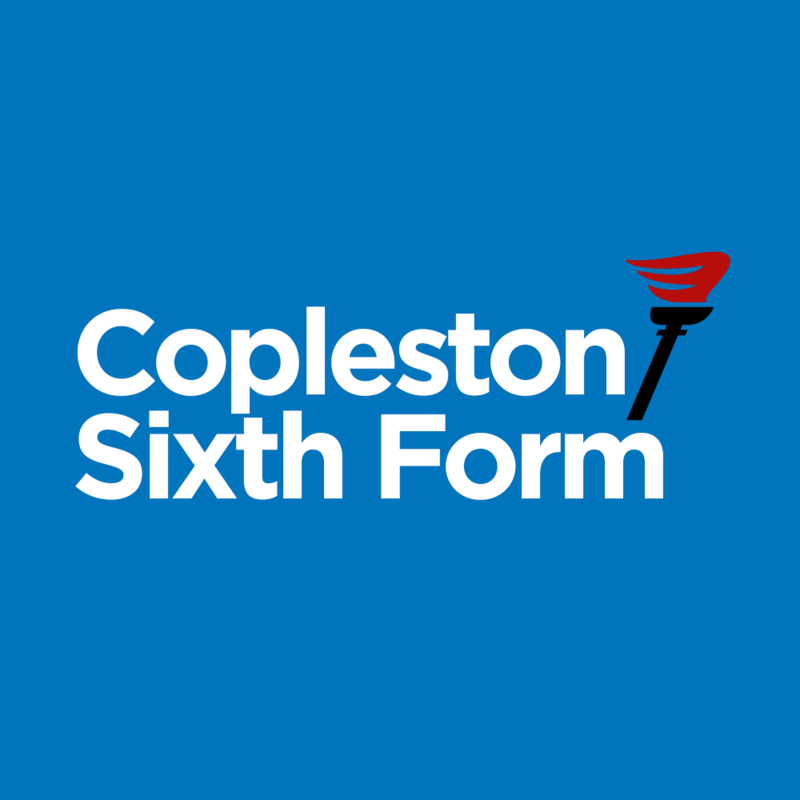
Graphic Communication is all around us in the modern world and this absorbing creative subject gives you the opportunity to study how these messages are created and utilised. This course has a strong emphasis on establishing a thorough understanding of design principles and encourages you to develop your powers of observation ideas, imagination, problem-solving, knowledge of contextual studies and practical skills. In the first year you will develop your design skills in sketching, recording ideas and your understanding of how to design and make, using a variety of approaches and techniques. Through the series of activities and short projects you will be introduced to you will develop your appreciation of graphic communication, and the use of a range of techniques and processes for commercial production. In your second year you will have more freedom to explore your own area of graphic design and you will take on the role of a professional designer through a mixture of set and self-generated projects giving you a wide portfolio to demonstrate your skills to universities and potential employers.
Centre requirements and, in addition, a grade 5 or higher in GCSE Graphic Communication or a grade 5 in GCSE Art. Those who have not studied a GCSE Art or Design subject must be able to demonstrate their interest and ability through a visual portfolio that may include a variety of media, as well as examples of observational drawing.
The Graphic Communication A-Level is comprised of 2 main components. Component 1 Personal Investigation - 60% of final grade. Component 2 Externally Set Assignment - 40% of final grade. The personal investigation is fully coursework based and the externally set assignment, released in the February of year 2, is partial coursework that we call the ‘preparation’ and then a final exam. This consists of a 15-hour controlled assignment where students spend 5 hours, each day, for 3 days, completing their final piece under exam conditions.
About Education Provider
| Region | East of England |
| Local Authority | Suffolk |
| Ofsted Rating | Good |
| Gender Type | Co-Educational |
| Address | Copleston Road, Ipswich, IP4 5HD |
Graphic Communication is all around us in the modern world and this absorbing creative subject gives you the opportunity to study how these messages are created and utilised. This course has a strong emphasis on establishing a thorough understanding of design principles and encourages you to develop your powers of observation ideas, imagination, problem-solving, knowledge of contextual studies and practical skills. In the first year you will develop your design skills in sketching, recording ideas and your understanding of how to design and make, using a variety of approaches and techniques. Through the series of activities and short projects you will be introduced to you will develop your appreciation of graphic communication, and the use of a range of techniques and processes for commercial production. In your second year you will have more freedom to explore your own area of graphic design and you will take on the role of a professional designer through a mixture of set and self-generated projects giving you a wide portfolio to demonstrate your skills to universities and potential employers.
Centre requirements and, in addition, a grade 5 or higher in GCSE Graphic Communication or a grade 5 in GCSE Art. Those who have not studied a GCSE Art or Design subject must be able to demonstrate their interest and ability through a visual portfolio that may include a variety of media, as well as examples of observational drawing.
The Graphic Communication A-Level is comprised of 2 main components. Component 1 Personal Investigation - 60% of final grade. Component 2 Externally Set Assignment - 40% of final grade. The personal investigation is fully coursework based and the externally set assignment, released in the February of year 2, is partial coursework that we call the ‘preparation’ and then a final exam. This consists of a 15-hour controlled assignment where students spend 5 hours, each day, for 3 days, completing their final piece under exam conditions.